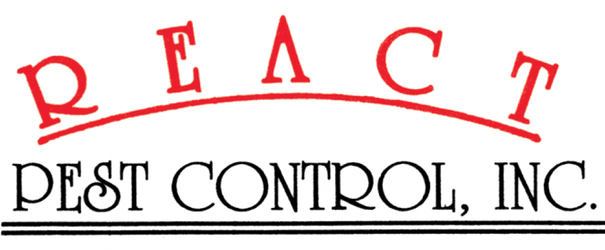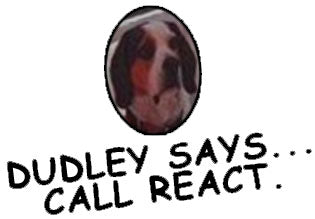Understanding Carpenter Ants
The first thing to be aware of is that the carpenter ant is a wood destroying insect. However, unlike termites, these ants do not eat the wood. Instead, they will find a suitable area for nesting and will excavate or hollow out the wood to form "Galleries". This is where the carpenter ants cause the most damage. Typically, these ants will hollow out the wood and leave what appears to be saw dust behind. This is a tell-tale sign of a carpenter ant problem. This saw dust is the discarded material from the hollowed out wood and is called "Frass". Carpenter ants have the potential to do major damage, so tell-tale signs of their presence should never be ignored. Frequently, moist or wet areas are common for carpenter ants. The moist wood is softer and easier for them to hollow out and damage. However, many times, carpenter ants can be found in structurally sound wood, eventually causing it to be damaged by them. Carpenter ant damage will be in the wood grain itself and will appear many times to be clean, almost with an appearance of sandpaper having been used in the hollowed out area. Carpenter ants will also sometimes spread from the primary nest to form other colonies called "Satellite Colonies". In some cases, these ants can even leave a painful bite from their powerful mandibles. The diet for carpenter ants are things such as sweets, grease, honey dew, sugars and meats. Frequently, carpenter ants might be found in kitchen areas foraging for the very same things humans enjoy. In the spring and early summer carpenter ants may feed on proteins as well. When they have found a food source, they will lay a chemical trail for other ants to follow, sort of like a yellow brick road to food. When the foraging ants find this yellow brick road they will carry the food back to the colony to be shared with their fellow ant members. The ants that many homeowners see foraging are merely the symptoms of a larger population that lay hidden within wall voids, ceilings, floor voids, etc...
Control Measures: The good news is that carpenter ants can be controlled with a professional service program. In many cases, the use of carpenter ant bait can be a primary control measure to deal with the problem. The application of these bait products will in many cases lure the carpenter ants to the bait, which is then carried back and destroys the given colony. This service is rendered on a quarterly basis. Control may sometimes take time to achieve, particularly if there are multiple satellite colonies present. This treatment measure will also help control other migratory colonies from establishing new colonies within a home or building. It is important to realize that baiting attracts the ants to the bait placements, so DO NOT SPRAY if you see activity continuing or even increasing in the short term.

